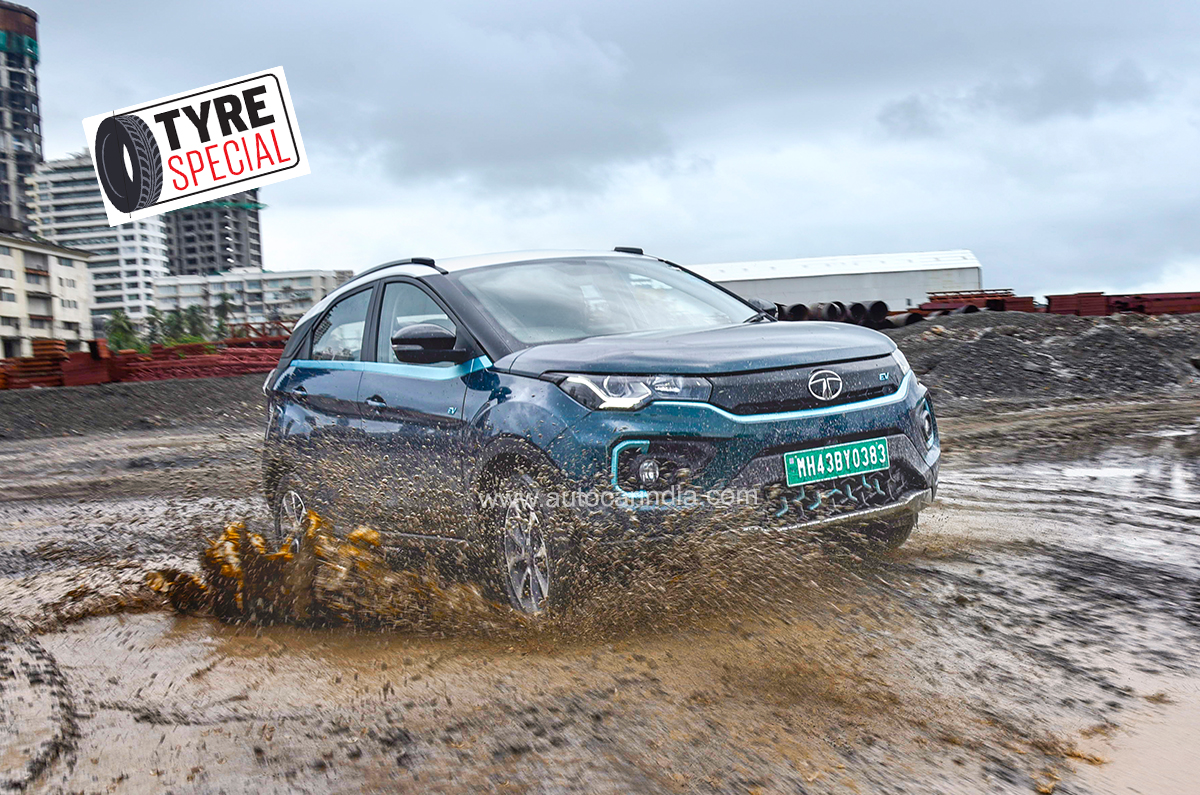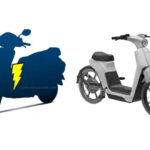
While the arrival of monsoon within the nation brings reduction from the new and sultry climate circumstances, it additionally makes it that rather more difficult for a car. You should keep in mind that even earlier than the monsoon has settled in, the tyres of your car have already endured a number of the excessive rigours of warmth and humidity, particularly if they’re outdated. And that facet might impression the final word efficiency and security of the tyres. So listed below are easy guidelines for tyre well being and security, that are essential all 12 months spherical however much more so throughout the wet season.
Depth Check
It’s not unusual to see tyres worn to a clean end till they resemble race car tyres. And whereas the floor of a race tyre might look the identical, they’ve sufficient rubber to supply loads of grip and as quickly because it drizzles, they’re converted for grooved tyres. Grooves assist channel away water, and thus give tyres a greater grip with the highway, so it’s crucial that these grooves have ample depth.

The minimal depth of the principle grooves (known as tread depth) shouldn’t go under 2mm. Checking that is additionally actually quite simple; most tyres in the present day have a small marker between the grooves and as soon as the tyre’s tread floor wears down and is degree with the marker, the tyre should be modified. You may verify the tread depth with a one rupee coin – if the Ashoka image’s head on the coin is seen after putting it contained in the tread, it’s time to interchange the tyre.
Age verification
Modern tyres are engineered to resist warmth build-up, abrasion and cracking, however with age and excessive working circumstances, even the very best merchandise put on down. Tyres uncovered to lengthy intervals of warmth can have an effect on the bodily traits of their core materials – rubber. They are inclined to get laborious and hairline cracks develop (particularly on the load-bearing sidewalls), and this impacts the general efficiency of the tyre and, in some instances, can result in a blowout. So for those who see any seen injury in your car’s tyres, like massive cracks and cuts, it’s time to interchange them with new ones.
Even in case your tyre’s situation and tread depth are good, you should still want to alter them as a result of similar to meals objects, tyres too include an expiry date because the rubber will get brittle with age. Most producers declare a most of 10 years from the date of manufacture because the lifetime of a tyre. The manufacturing date is often stamped on the tyre itself – often in an oval window – in a code indicating the week and 12 months it was made. So for those who see the quantity 0323, it means it was manufactured within the third week of 2023.

Firm footing
Traction is significantly much less on moist roads as even with good grooves, water can’t be totally dispelled. Furthermore, together with water, there might be some oily substances, and that is very true with mild rain after an extended dry spell.
Thus, driving slowly and thoroughly is de facto one of the best ways to maintain a agency footing and restrict the implications of aquaplaning. Aquaplaning or hydroplaning is when a skinny layer of water will get trapped between the floor of the tyre and highway. When this occurs, the tyre loses grip with the highway and if this occurs to all wheels collectively or throughout crucial driving conditions like cornering and braking, it may be disastrous. Besides reducing your pace, you may as well do a couple of extra issues.
Switch off cruise management
 Cruise management will continually preserve a set pace and won’t regulate for puddles and ranging rain.
Cruise management will continually preserve a set pace and won’t regulate for puddles and ranging rain.The quantity of water on the highway floor will all the time differ as will the rain, so it’s finest to change off cruise management when it’s moist. Cruise management merely maintains a set pace; even the newer adaptive cruise management methods solely reply to visitors circumstances and can’t anticipate altering water circumstances and ranges like a driver can. Thus, it’s finest to have a measured and guide management of the throttle and brakes.
Slow down for puddles
Puddles might be difficult for a lot of causes: they’ll disguise massive potholes, they’re usually muddy and mucky, which makes water evacuation tougher for the tyre, and even clear puddles may cause a kickback on the tyre going by means of it. You may have in all probability felt this pressure on the tyre like a push again; it’s mainly the elevated resistance the water creates. Thus, for all puddles, decelerate, and if the puddles are deep and you can’t gauge the extent of water, cease and observe the environment and attempt to confirm the extent. If you continue to are uncertain, stroll by means of it earlier than you drive over it.
 Puddles can destabilise your car, and splashing water isn’t well mannered both.
Puddles can destabilise your car, and splashing water isn’t well mannered both.Keep a bigger secure distance
As you improve your pace, the stopping distance additionally will increase exponentially, and within the moist, that is much more so. Maintain a secure distance from the car in entrance of you, ideally that is, on the very least, two seconds within the dry and in moist circumstances extra so. Also, keep in mind to be gradual when stopping as different automobiles might have a good longer stopping distance than you. While your tyres could also be superb, there’s an opportunity theirs might not be in correct form.
Also see:
5 most reasonably priced bikes with dual-channel ABS
Father’s Day reward concepts for auto fans








